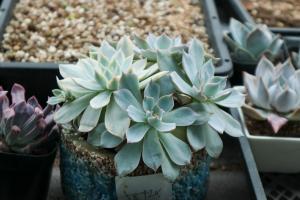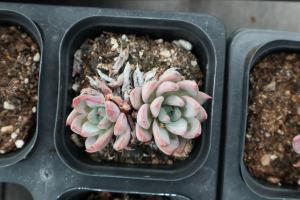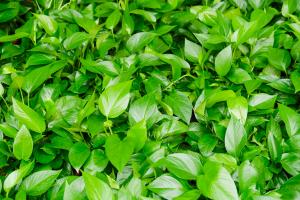How to Plant a Lemon Tree in South Africa
If you are thinking of planting a lemon tree in South Africa, you are in luck! South Africa has a great climate for growing lemon trees, and with some basic knowledge and care, you can enjoy fresh, juicy lemons straight from your own backyard.
Choosing the Right Lemon Tree
Before you start planting your lemon tree, you need to choose the right type of tree for your location. Consider the size of your garden, the amount of sunlight it receives, and the type of soil you have. Some lemon trees grow larger than others, so if you have a small garden, you may want to opt for a dwarf lemon tree.
You should also consider whether you want to plant a seedling or a grafted lemon tree. Seedlings are grown from seeds and may take longer to produce fruit, while grafted trees are created by joining a lemon tree branch onto a hardy rootstock. Grafted lemon trees tend to produce fruit faster and are more disease-resistant.
Preparing the Soil
Lemon trees thrive in well-draining soil with a pH level of around 6.0 to 7.5. If your soil is clay-heavy or sandy, you may need to amend it with compost or other organic matter to improve the drainage and nutrient content of the soil.
Before planting your lemon tree, you should also dig a hole that is twice as wide and deep as the tree’s root ball. This will give the tree enough room to spread its roots and establish itself in the soil.
Planting the Tree
When you are ready to plant your lemon tree, remove it from its container and gently loosen the roots. Place the tree in the center of the hole and backfill around it with soil. Pack the soil down firmly to remove any air pockets and water the tree well.
It is important to remember that the tree’s root system will need time to establish itself before it starts producing fruit. In the meantime, you should water the tree regularly, especially during hot, dry periods.
Caring for Your Lemon Tree
Once your tree is established, you should continue to water it regularly and keep an eye out for any signs of pests or disease. Lemon trees are susceptible to a range of pests and diseases, including aphids, mites, and fungal infections, so it is important to keep the tree well-maintained.
You should also fertilize your lemon tree regularly to promote healthy growth and fruit production. Use a balanced fertilizer that contains nitrogen, phosphorus, and potassium, and follow the instructions carefully. Over-fertilizing can damage the tree’s roots and reduce its overall health.
Harvesting Your Lemons
Once your lemon tree starts producing fruit, you can look forward to a regular harvest of fresh, juicy lemons. When the lemons are ripe, they should be a bright, yellow color and have a slightly soft feel. Simply twist the lemon off the tree or use a pair of pruning shears to remove it.
Remember to be patient with your lemon tree – it may take a few years before it starts producing fruit in abundance. But with the right care and attention, you can enjoy fresh lemons straight from your own backyard for years to come.

 how many times do yo...
how many times do yo... how many planted tre...
how many planted tre... how many pine trees ...
how many pine trees ... how many pecan trees...
how many pecan trees... how many plants comp...
how many plants comp... how many plants can ...
how many plants can ... how many plants and ...
how many plants and ... how many pepper plan...
how many pepper plan...































